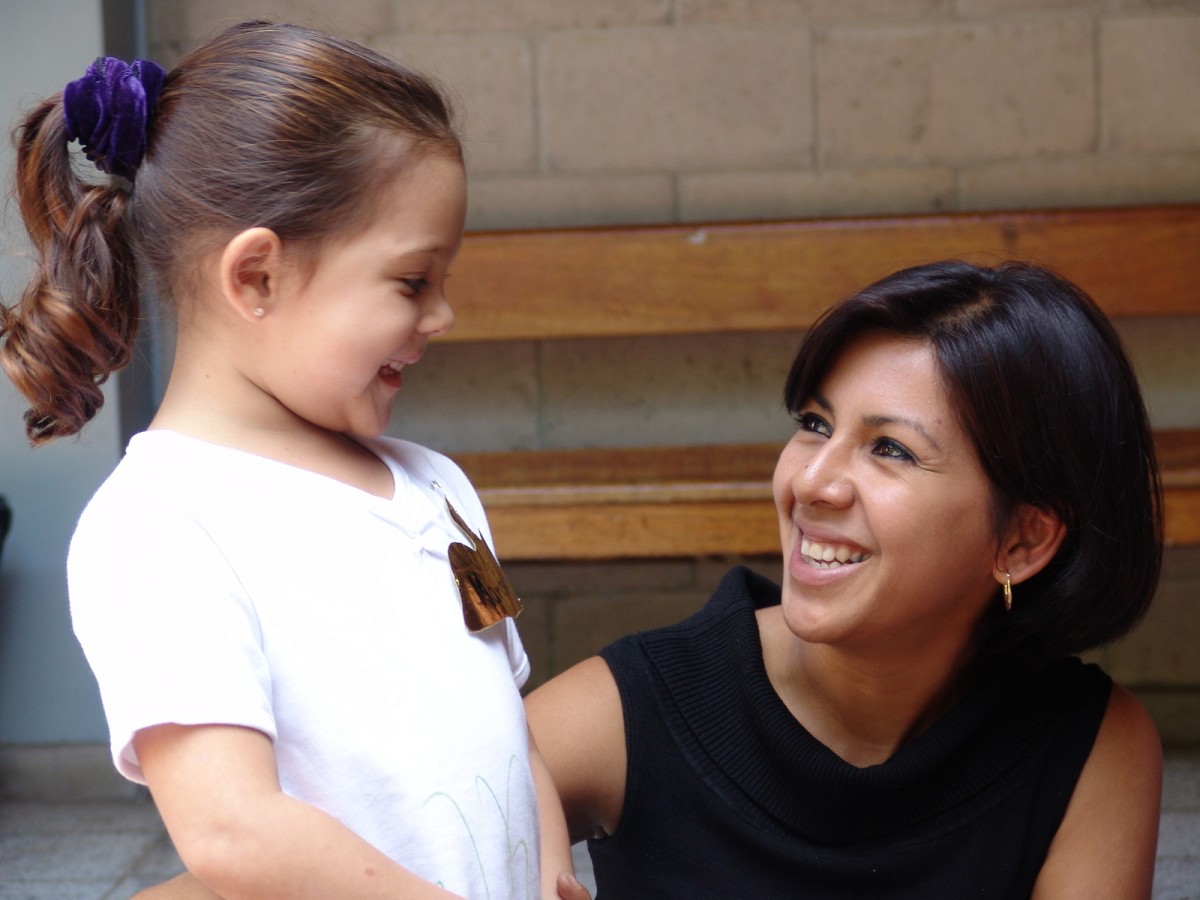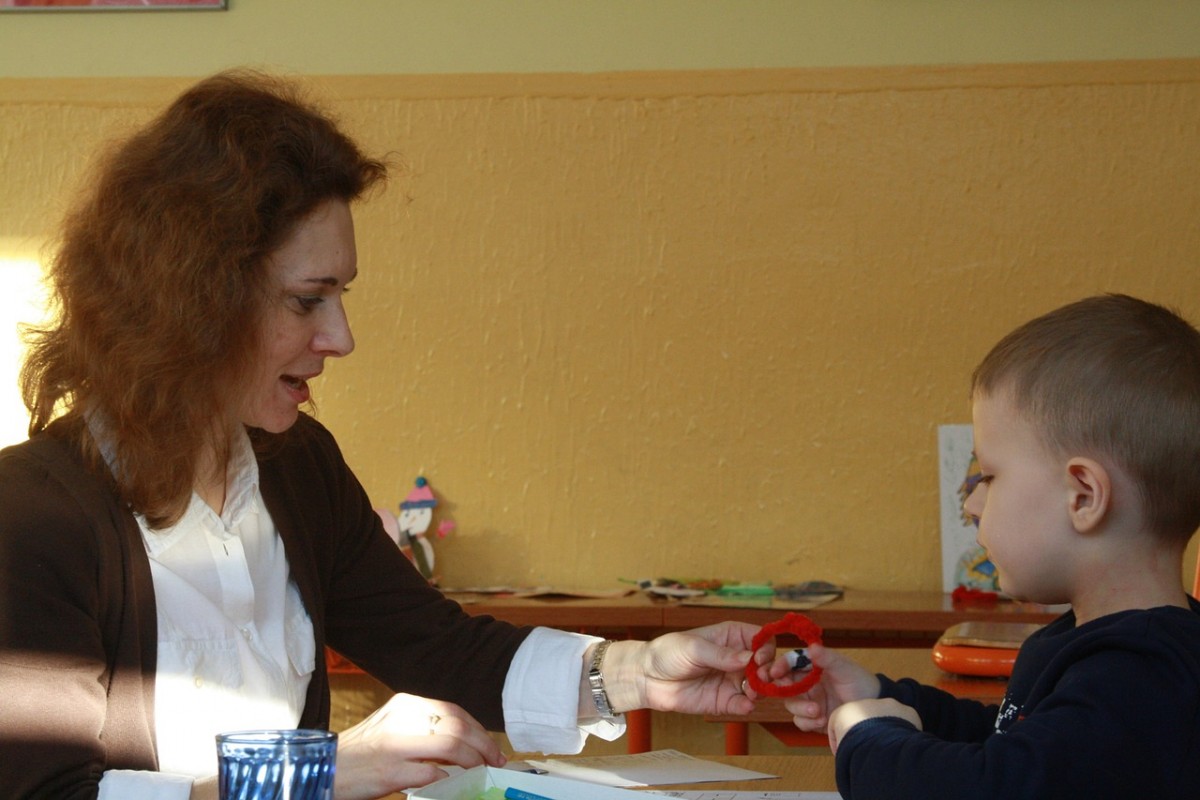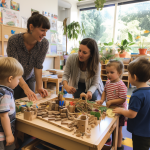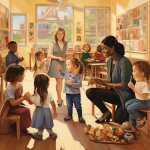What is the difference between an Early Years Educator and a Teacher?

For many people including parents and practitioners, there is no difference between an early years educators and a teacher. However, there is a vast difference.
Early years practitioners or educators are often highly trained, highly skilled individuals who are knowledgeable about child development. Many hold relevant level three or even degree qualifications in early years and education. This does not, however, give them the teacher training, knowledge or qualification or the correct information to teach children. Let’s explore some of the difference between early years educators or practitioners and teachers –
-
Qualifications of Early Years Educators and teachers
Teachers have gone through specific training to teach children under the national curriculum. They have acquired knowledge of strategies and techniques to deliver the national curriculum. Early years professionals have gone through training which enables them to support and promote development through play.
-
The Framework Early Years Educators and teachers follow
Teachers teach the national curriculum which has strict guidelines on what a child needs to be taught and by what term in the year each child should be achieving the milestones. Early years educators follow the EYFS guidance which promotes play, supports children’s interests and allows greater flexibility in every child achieving milestones when they are ready. The EYFS does not require any teaching instead requires practitioners to support and promote through strong relationships and an enabling environment.
-
The Children
Teachers teach children who are seen as a school ready or close to school ready; they are at the age which the UK sees as ready for formalised teaching; they are five or above. Early years practitioners cater for children who are 0-5, this is an age where the play is the most important tool in helping a child to learn. These children are not ready for formal teaching, it is the job of early years practitioners to give these children all the skills, confidence and tools they need to be school-ready and begin being taught by a teacher at the age of 5.

With this in mind, it is, therefore, unfair for practitioners to formally teach any child. Children in the early years should be playing, exploring, actively learning, creating and critically thinking. Although in some respects they need to be taught skills such as basic counting and even some may believe they need to be taught and encourage to read, write and learn phonics this done not need to be done through sitting children down and teaching them when they are under the EYFS. This can be all be achieved through play. Early years practitioners should hold off on any formal teaching of reading, writing and phonics as they have not been given the correct training or aware of the strategies in which schools follow to successfully teach children these skills. It is important to remember and to remind parents that the EYFS carries on into reception classes, and it is here that teachers will begin preparing children for completely formal teaching and give them the skills they need to read and write through whichever strategy the school follows.
Early years practitioners should hold off on any formal teaching of reading, writing and phonics as they have not been given the correct training or aware of the strategies in which schools follow to successfully teach children these skills. It is important to remember and to remind parents that the EYFS carries on into reception classes, and it is here that teachers will begin preparing children for completely formal teaching and give them the skills they need to read and write through whichever strategy the school follows. Early years educators are skilled, intelligent, well trained and highly knowledgeable, but they are not curriculum teachers.







Hi everyone! I hope this helps to explain early years practitioner versus early years educator. This is based on the uk government’s requirements, from Sept 2014:
Early years practitioners have a level 2 childcare cert, ending with ‘early years practitioner’ – in brackets. They are included on the staff (level2):child ratio.
Early years educators have a level 3 quailification, ending with ‘early years educator’ (as above). They are included on the staff (level3):child ratio.
Just to confuse things, you can have up to a level 7 childcare certificate, and if you did observed early years’ childcare, you can be on the level 3 staff:child ratio! Updating this type of staff:child ratio has been under review for a while.
As saud abiove, there is over-lap, between the PGCE, (QTS), for 3=7 year olds, and the PG (or Grad) Cert in Early Years Teaching, (EYTS) for 0-5 year olds, plus some ‘awareness’ of teaching 5-7 year olds.
To help a teacher in reception year do i have to become a teaching assistant???or is called Early Years practitioner?
In your article it states that children begin being taught by teachers age 5. Aren’t you overlooking the Early Years Teacher who works alongside Early Years Educators, both following the EYFS and supporting learning through play?
Incidentally I am a PGCE qualified teacher with level 3 childcare qualifications.
This article doesn’t even make sense. It says that teacher teach children aged five and above whereas Early Years Educators teach 0-5, then goes on to say that Teachers can teach Reception (where children are 4 years old.) It says teachers are trained in the national curriculum and EYE use Development Matters. It says that teachers have strict guidelines about what needs to be taught each term.
As a fully trained and qualified teacher can I say that this is just not the case: Many, many teachers are trained to teach children from 3 upwards. Yes, we learn about the National Curriculum in our training but many of us also spend considerable time learning about Early Years approaches, Development Matters etc. I don’t have strict guidelines as to what needs to be taught each term – I meet the children where they are at and teach each of them accordingly.
This article is unnecessarily divisive. Both Early years Practitioners and Teachers are trained, skilled people who can easily work alongside one another to help the next generations of children to reach their full potential.